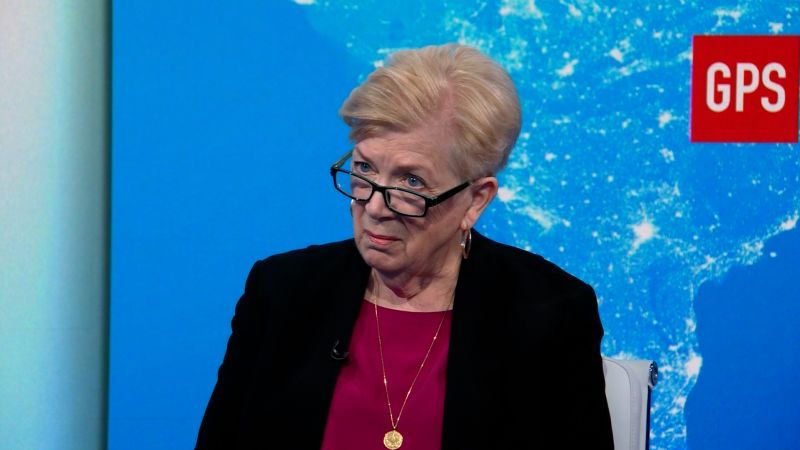Former CIA Chief of Disguise Jonna Mendez recently shared stories from her 27-year career in the agency in her book “In True Face: A Woman’s Life in the CIA, Unmasked.” During her time at the CIA, Mendez helped to break the agency’s glass ceiling and played a crucial role in the agency’s operations. She worked undercover and used disguises to gather intelligence, often putting herself at risk for the sake of national security. Mendez’s experience provides a unique perspective on the role of women in the CIA and the challenges they face in a male-dominated field.
Mendez’s work as the CIA Chief of Disguise involved creating disguises for agents, which allowed them to operate undercover in dangerous situations. She used her creativity and attention to detail to design disguises that were realistic and effective in concealing the agents’ identities. Mendez’s expertise in disguise work was instrumental in the success of many CIA operations, and she earned a reputation as a master of deception within the agency. Her ability to think quickly on her feet and adapt to challenging situations made her an invaluable asset to the CIA.
One of Mendez’s most famous operations involved helping six American diplomats escape from Iran during the 1979 hostage crisis. Mendez created a plan to disguise the diplomats as Canadian filmmakers in order to smuggle them out of the country safely. The operation was successfully executed, and Mendez’s quick thinking and creativity played a key role in its success. The story of the escape was later turned into the film “Argo,” which brought international attention to Mendez’s work and the bravery of the diplomats involved.
Throughout her career, Mendez faced numerous challenges as a woman in the male-dominated field of intelligence. She often had to prove herself and push back against stereotypes and discrimination in order to advance in her career. Despite these obstacles, Mendez’s determination and talent allowed her to rise to the top of her field and become the first female Chief of Disguise in CIA history. Her story serves as inspiration for women in intelligence and demonstrates the importance of diversity and inclusion in the workplace.
Mendez’s work in the CIA also shed light on the importance of creativity and innovation in the field of intelligence. She used her artistic skills and imagination to create disguises and develop strategies for undercover operations, showing that intelligence work is not just about following rules and protocols, but also about thinking outside the box. Mendez’s ability to adapt to challenging situations and come up with creative solutions was critical to the success of many CIA operations, and her innovative approach to disguise work set her apart as a leader in the field.
Overall, Mendez’s experiences in the CIA provide a fascinating glimpse into the world of espionage and intelligence. Her career was characterized by risk-taking, creativity, and a dedication to national security. Through her work as the CIA Chief of Disguise, Mendez made a significant impact on the agency’s operations and helped to shape the future of intelligence work. Her story serves as a reminder of the importance of diversity and inclusion in the intelligence community and the valuable contributions that women can make in traditionally male-dominated fields. Mendez’s legacy as a trailblazer and master of deception will continue to inspire future generations of intelligence professionals.













